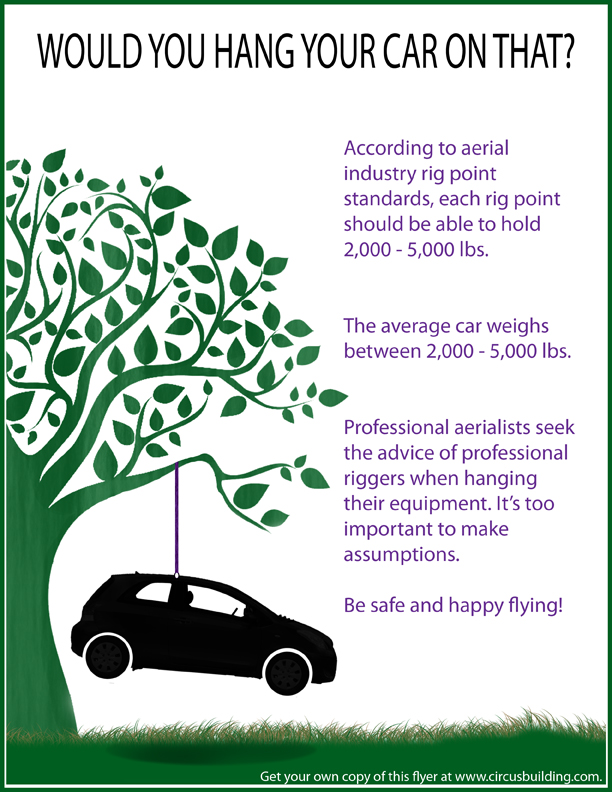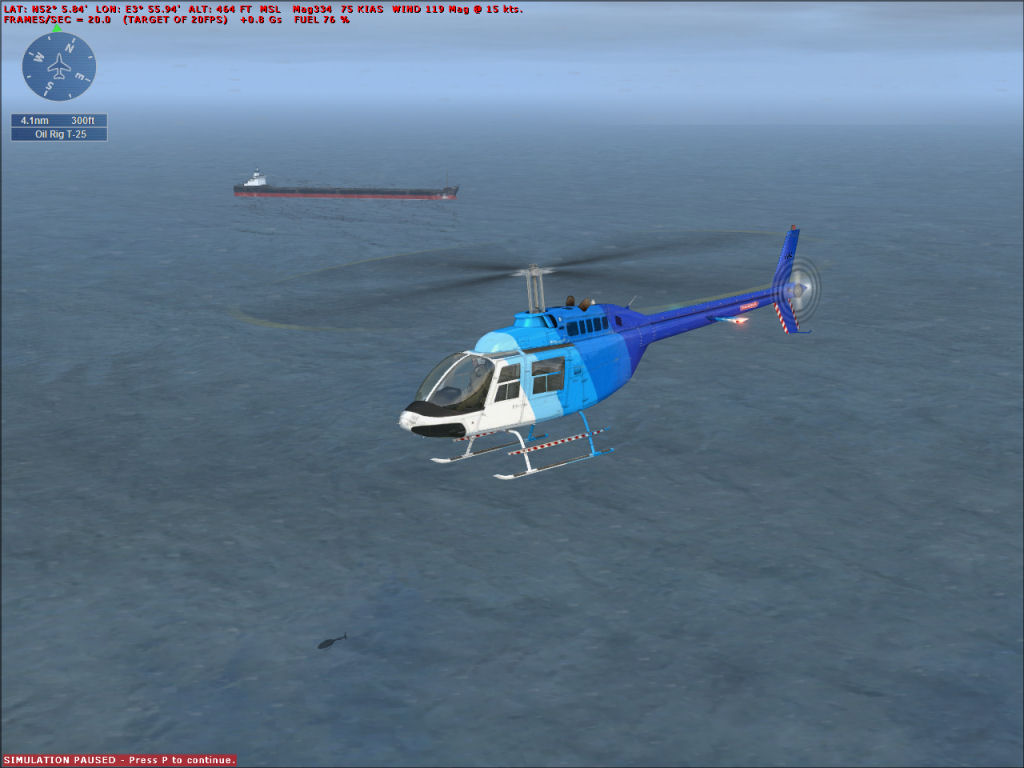

What gear can we safely use for aerial applications? If we want our aerial point to hold at least 5,000 lbs, you should feel comfortable (hypothetically) hanging a car from your aerial point. Remember our carabiner from before? It can be safely used for aerial!Īnother way to think about this: would you hang a car from your aerial point? The average car weighs nearly 3,000 lbs. This means your rigging point should be able to hold at least 5,000 lbs, or 22.22 kN of force. The ratio of strength needed for aerial rigging and equipment is at least a 5:1, preferably upwards of 8:1 or 10:1. Let’s er on the safe side, and go with the maximum amount of force generated: 1000 lbs, or about 4.5 kN. Even if you’re not doing drops, the dynamic forces you create can be substantially more than your body weight.

DO NOT use gear unless it has at least one of these certifications.Ī 100 lb aerialist can generate up to 1000 lbs of force in a drop on nearly any aerial apparatus. Some gear will have one or both of these stamps. They’re stamp used by reputable manufacturers that certifies the equipment to be safe for climbing, mountaineering and human load. You’ll find these stamps on all equipment that you can trust. Lift All Tuflex (for slings and spansets) Your life is literally on the line, please buy gear only from reputable companies including, but not limited to: Make it a keychain or a decoration with it instead! Many quick links, carabiners and other “gear” sold at Home Depot, IKEA or other home improvement stores DO NOT have stamps or ratings and cannot be use in aerial applications. If a piece of gear has no markings on it, do not trust it it didn’t come from a reputable manufacturer and may fail. Equipment Stamps and What They MeanĪll reputable equipment will have rating and a certification stamped on it. It’s important to work only within the WLL, as recommended by the manufacturer, in order to not overload your gear and cause catastrophic failure and injury. So, if the gear is rated for 9,000 lbs, its working load should not exceed 3,000 lbs.

The WLL generally is about 1/3 of the breaking strength. A piece of gear may be able to hold up to 9,000 lbs, but that’s what it will break at. The MBS, or minimum breaking strength is what the gear will actually fail at. The WLL, or working load limit, is the manufacturers recommended force the piece of gear can safely take. Let’s get started! WLL vs MBSĬarabiners, swivels and other aerial equipment are meant to take this dynamic load, but they can only withstand so much.
#Aerial rig professional#
I have 7 years of informal training with rope access systems in climbing and aerial applications, and a wealth of knowledge to share! For any questions I can’t answer, I always consult with our network of certified Rope Access Technicians (SPRAT), who we regularly work with for student showcase and professional aerial rigging. I’m an avid climber, whitewater boater and aerialist! I’m a certified Swift Water Rescue Professional (Sierra Rescue) and a Wilderness First Responder (Remote Rescue). I’ve been a trapeze artist for 13 years, 6 years on the flying trapeze, and 7 years on static trapeze.
#Aerial rig how to#
Hi, I’m Morgan, and I’ll be guiding you through this blog post on aerial equipment and how to use it. You are taking on your own risk and liability by rigging and training at home. Not everyone is ready for a home set up, reference our 1st blog post about how to determine if you’re ready to train at home.ĭisclaimer: Momentum Aerial or any of its instructors is not responsible for what you do in your own home. Don’t rig on your own! This article is intended for you to make educated decisions about rigging outside of the studio, and how you risk your body in aerial. Please reach out to us at Momentum Aerial or your local studio, and we can help explain and answer your questions in person. Where should I buy the right type of aerial equipment? What’s a rescue 8? Can I buy equipment from Home Depot? How strong does my gear need to be? There’s so much gear out there, and it’s my mission to educate our aerial community on safety and proper gear usage! Please keep in mind, reading this article is not a substitute for taking a class on rigging or consulting a professional aerial rigger. We get a lot of questions from our student body about purchasing gear especially now that the studio is temporarily closed due to COVID-19. Written by Morgan Louvier, Co-Owner of Momentum Aerial


 0 kommentar(er)
0 kommentar(er)
